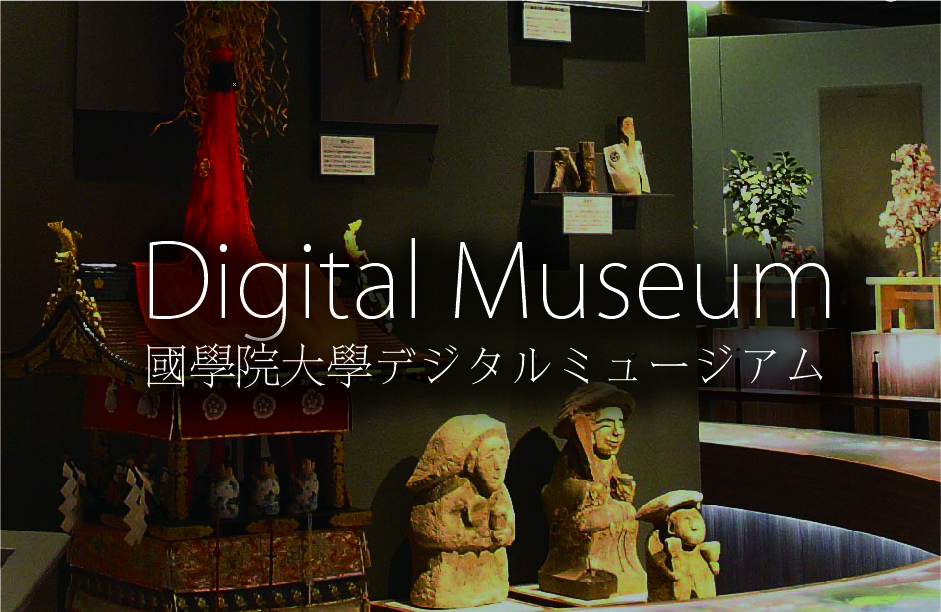- トップ
- Encyclopedia of Shinto
- Raihōshin
Encyclopedia of Shinto
| Main Menu: | |
| Links: |
詳細表示 (Complete Article)
| カテゴリー1: | 2. Kami (Deities) |
|---|---|
| カテゴリー2: | Kami in Folk Religion |
| Title | Raihōshin |
| Text | "Visiting kami," a being which periodically visits a community from the other world to bring blessings. Beliefs in this type of kami are based on the ancient view of kami as transient beings that do not dwell permanently in a single place. With the establishment of permanent shrines to kami in the Nara period, objects of worship (shintai) were installed at shrines, and the idea arose that kami resided permanently in those structures. Before that time, however, it was commonly believed that kami would be called down on the occasion of a festival from an "other world" on the mountain or across the sea, and then sent off again once the festival worship was completed. According to the mythos transmitted by Kojiki and Nihongi, the kami Sukunabikona arrived from across the sea, riding in a "heavenly kagami boat" (a boat made from the rind of a gourd called the kagami), and assisted Ōkuninushi in developing the land. Afterwards he returned to the "everlasting world" (Tokoyo no kuni). In this story, Sukunabikona is called a "kami which approaches." The Hitachi no kuni fudoki relates a legend in which the ancestral kami (mioya no kami) visited its various offspring kami. It arrived at Mt. Fuji at the time of the annual festival of Niinamesai, however, and was refused lodging, since the kami of the mountain was in seclusion in preparation for the festival. The ancestral kami next visited the kami of Mt. Tsukuba, where it was greeted and given food and drink. This legend is thus believed to depict an early form of the Niinamesai, in which women played the role of ritual officiant, remaining in tabooed seclusion within the home while preparing the harvest offerings for the visiting kami. The story of Mutō no kami found in extant fragments of the Bingo no kuni fudoki is a similar anecdote about a visiting kami. Folk rituals involving visiting kami are most frequently observed in the New Year's season or during harvest rites (hōnensai). Well-known examples of visiting kami include the Namahage in Oga (Akita Prefecture); the Amahage of Yuza (Yamagata Prefecture); Suneka of Sanriku (Iwate Prefecture); the Amamehagi of Noto (Ishikawa Prefecture); the Toshidon of the islands Koshikijima and Tanegashima, and the Bose of the island Akusekijima (all in Kagoshima Prefecture); the Paantou of Miyako Island, and the Angama, Akamata/Kuromata, Miruku, Mayunganashi, and Fusamaraa of Yaeyama (all in Okinawa Prefecture). These rituals involve young men who arrive wearing masks and costumes; masks include representations of demons, long-nosed tengu, and old men, and the celebrants cover their bodies with grass mats or rushes. These costumed ritualists are believed to represent kami arriving from the other world located in the mountains or across the sea, bringing promise of abundant harvests, blessings, and at times scoldings, thus maintaining the security and stability of community life. Visiting kami are charged with bringing new power into the community at key points of the calendar representing renewal and change, thus restoring the community's internal order. The phenomenon of visiting kami has been studied in the fields of religious history and the history of folk performance through the concepts of marebito (Orikuchi Shinobu), and yūkōshin (Hori Ichiro). See also Banshin, Marebito, Marōdogami. -Kawamura Kunimitsu |





